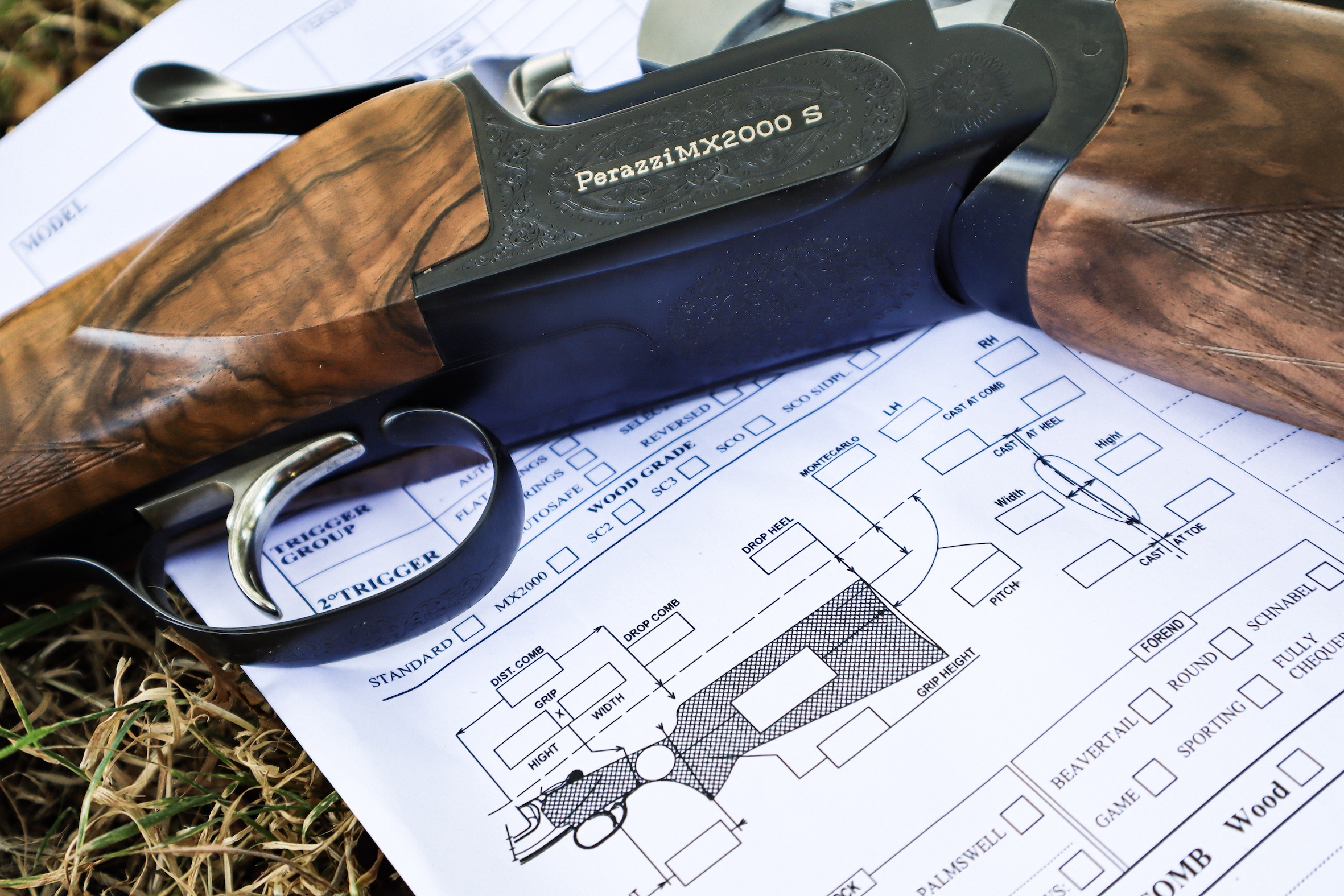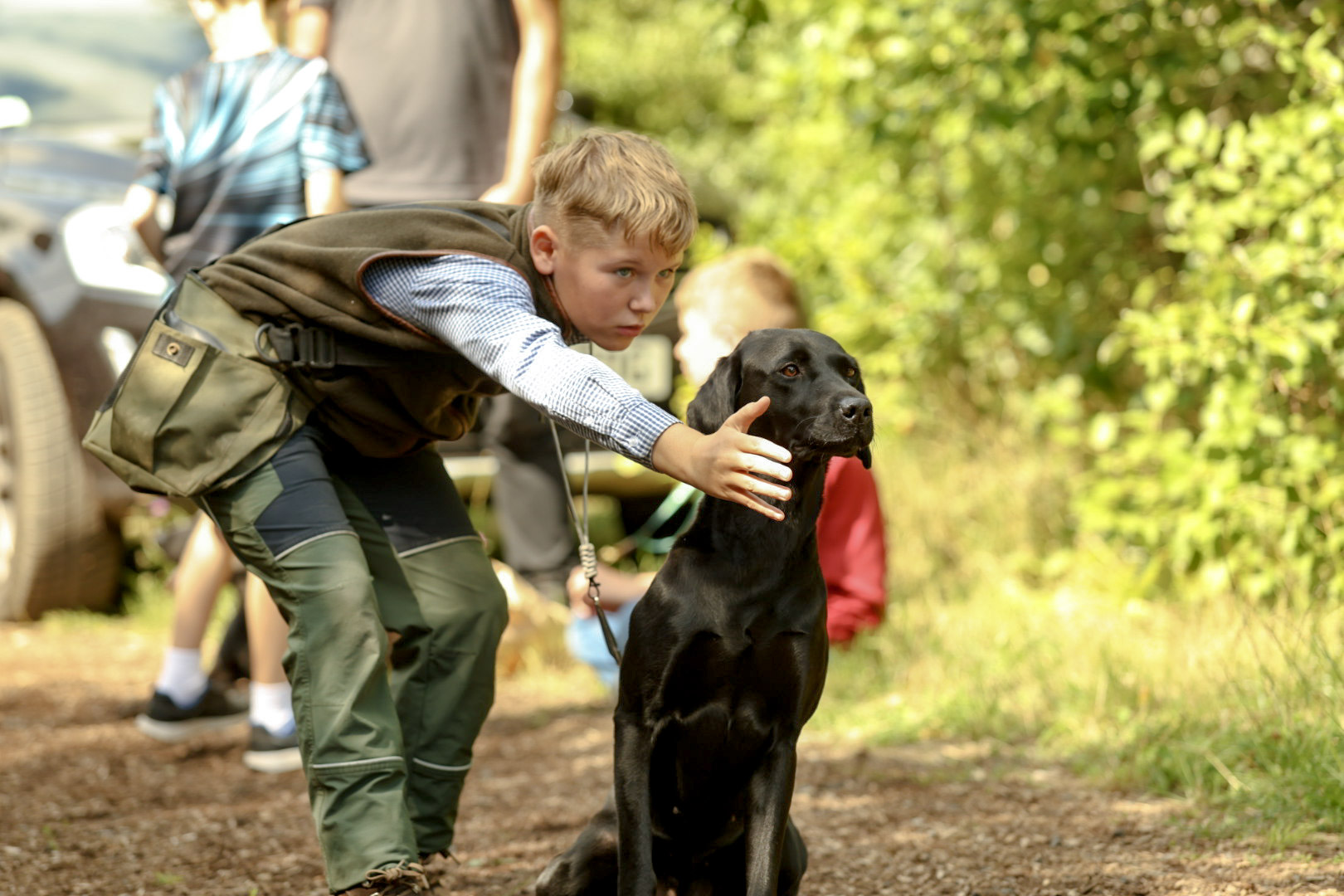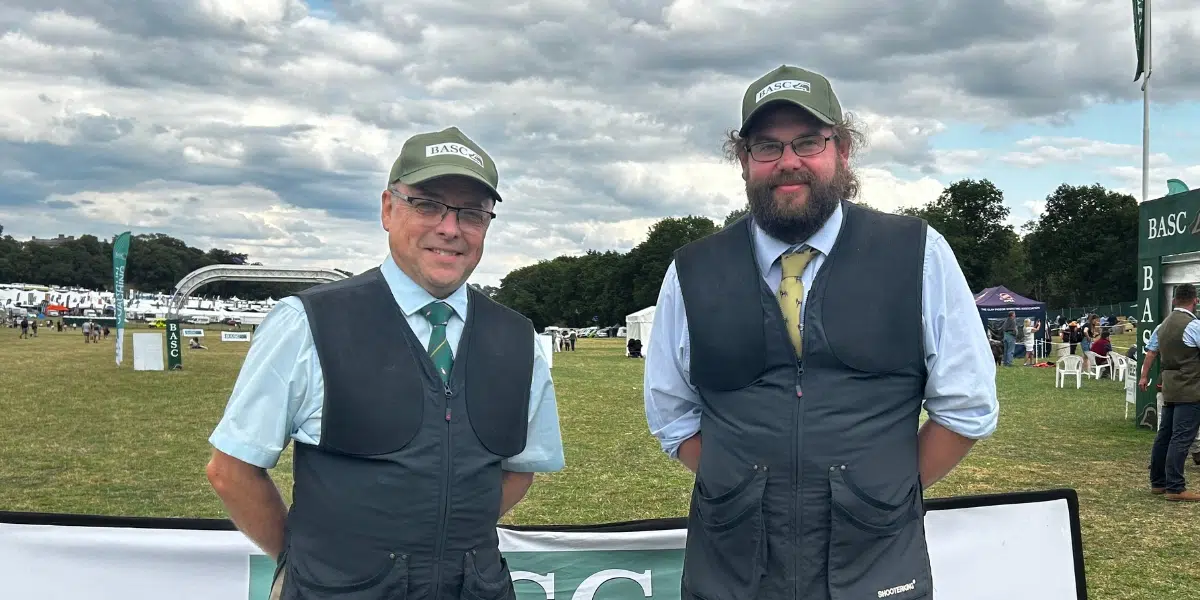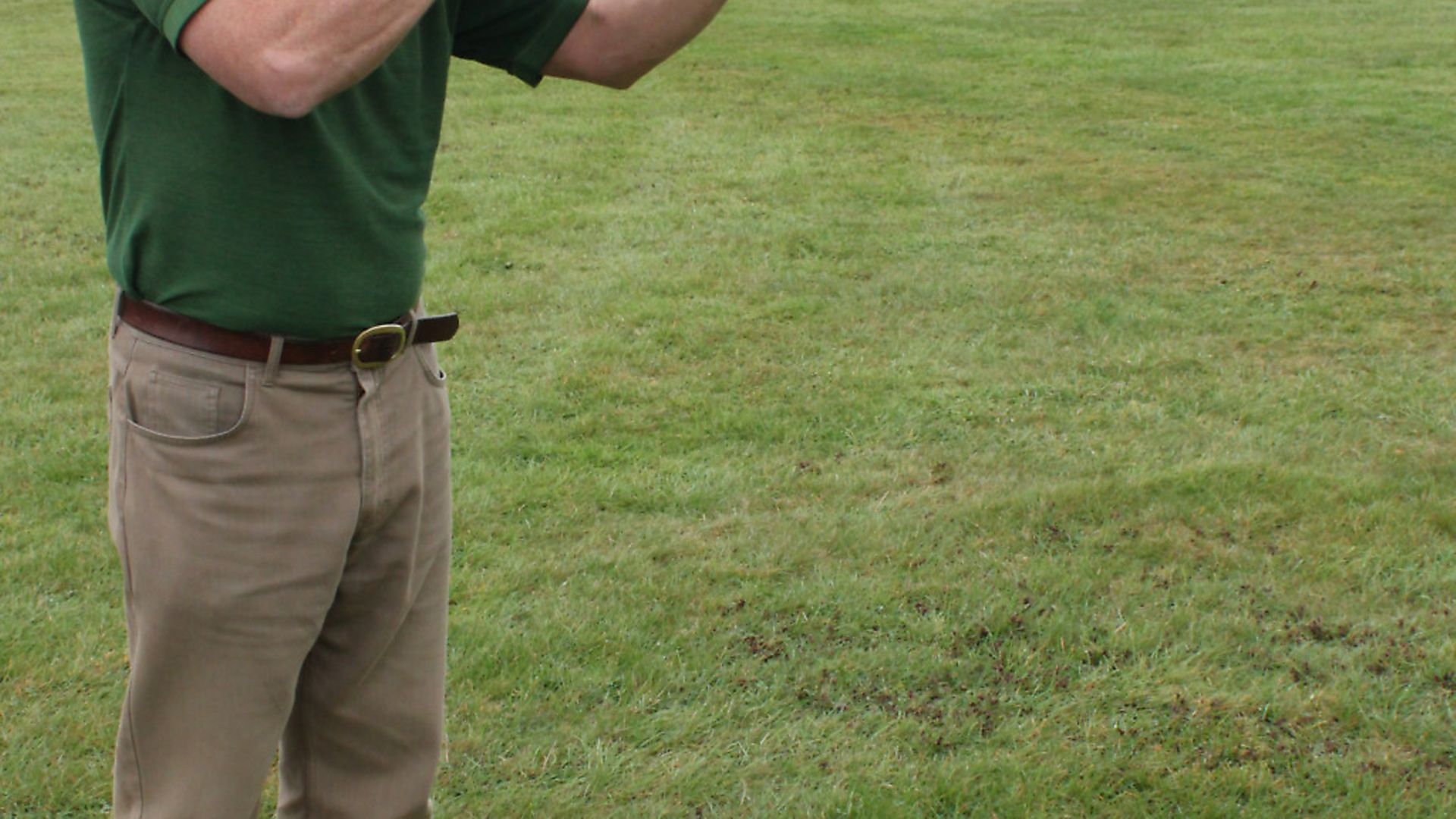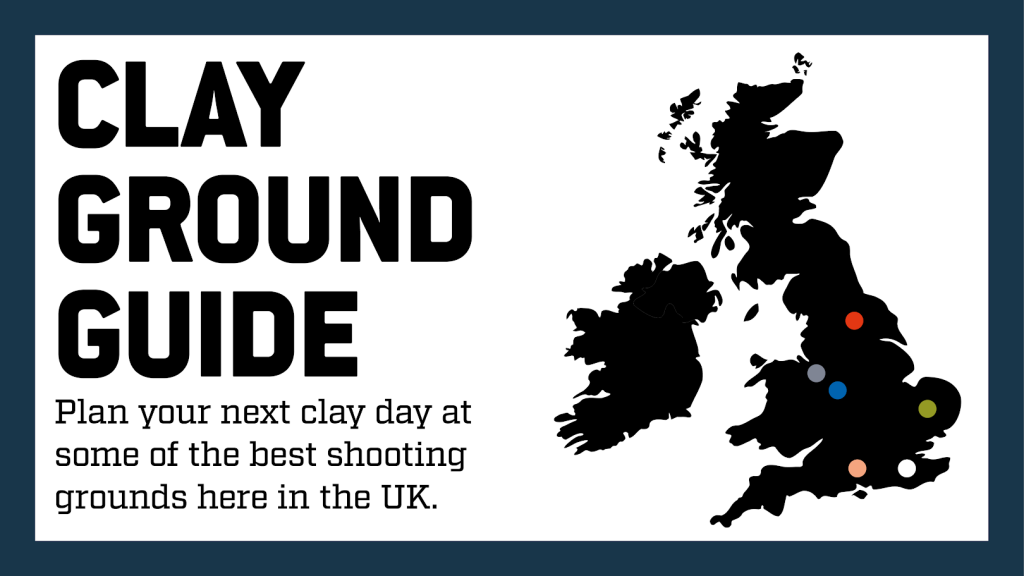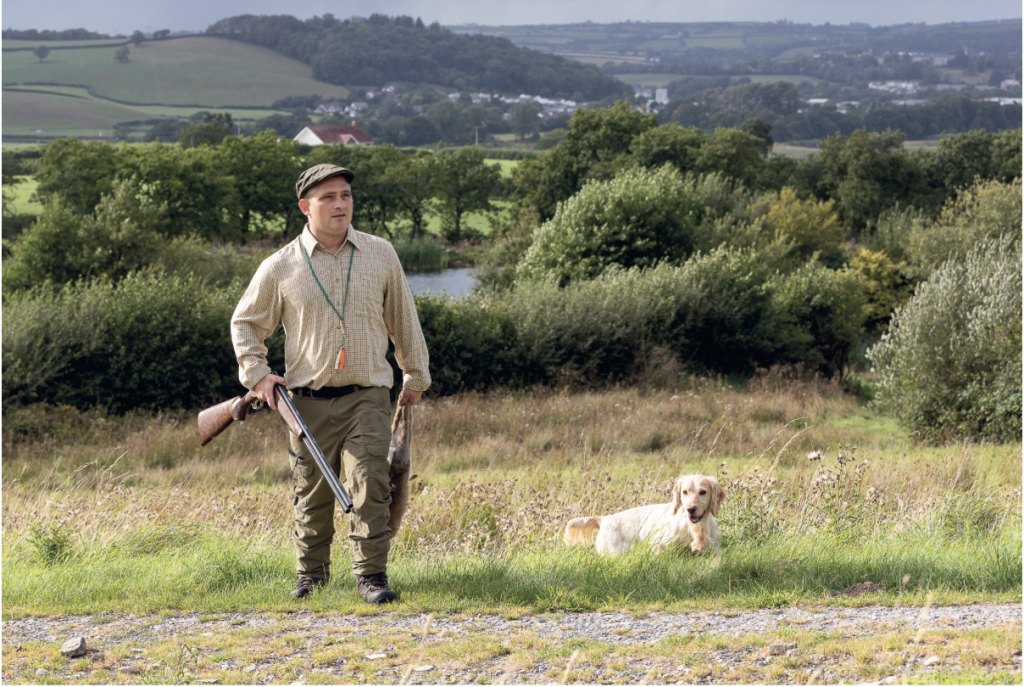Legislation
Shooting
How to shoot going away targets
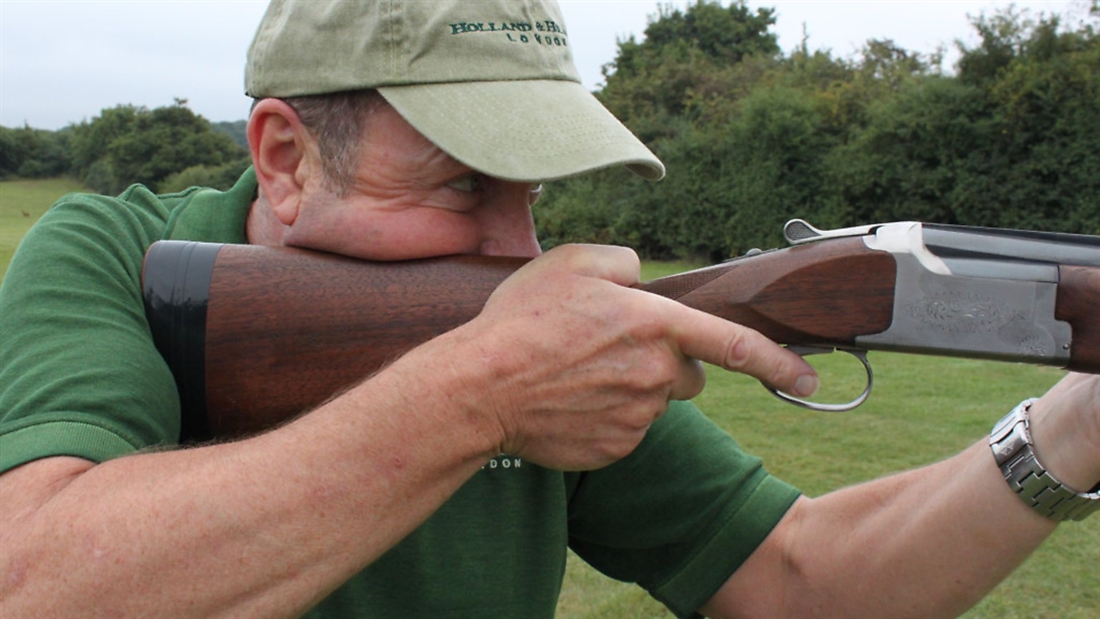
You’ll encounter going away targets often when clay shooting, so it would pay to take advice from top instructor Steve Rawsthorne on the best method for tackling them
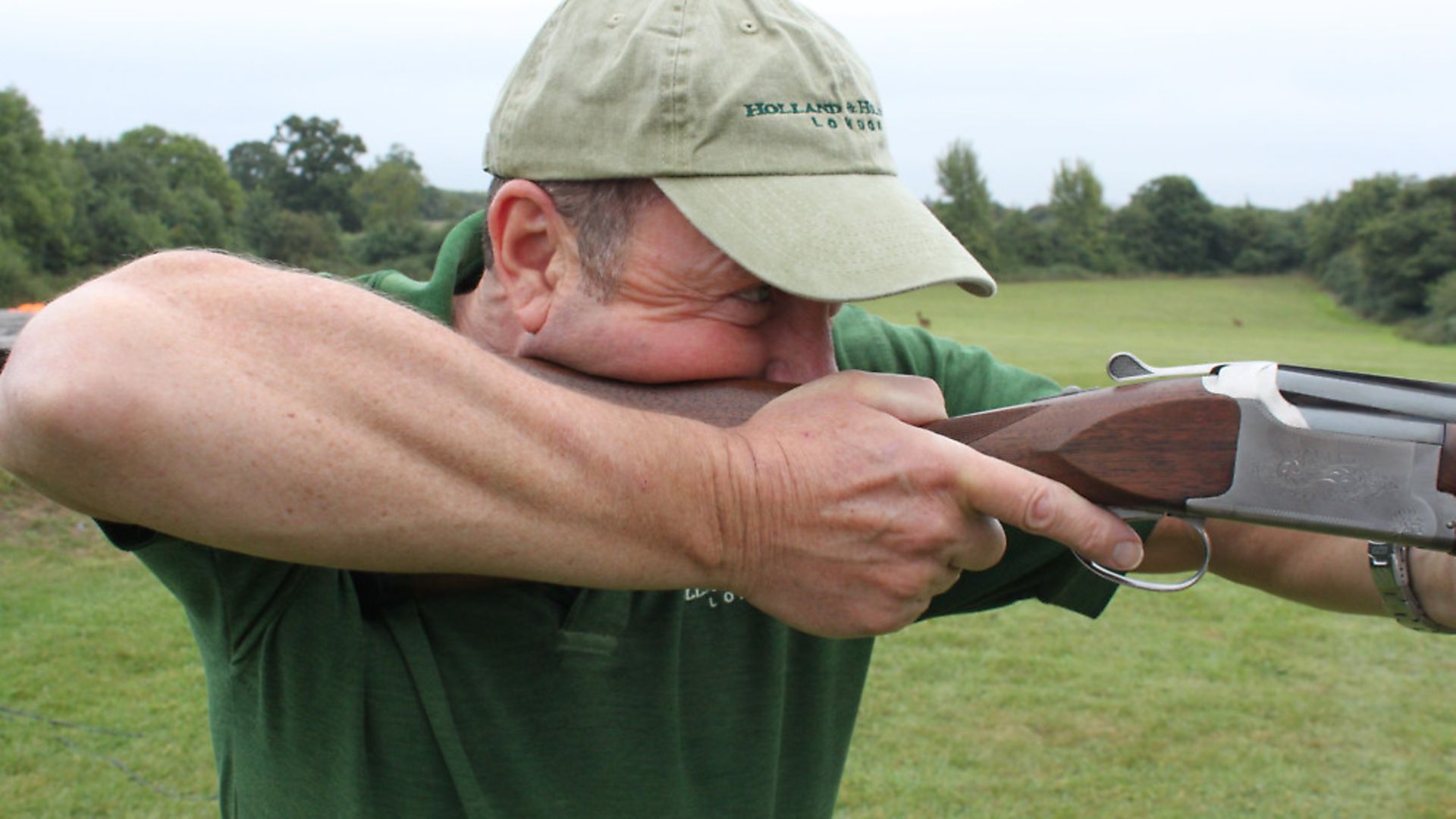
The basic going-away target is a staple of the smaller ‘pop-up’ shoot – the one at the village fete, country show or the monthly clay shoot – for a number of reasons: if you set your traps on the shooting line, either in front of or slightly to the side of the shooting position, you do not have to stop the whole line shooting when you need to refill or service them; it is easy to drop them/pick them up afterwards; and there is little danger of showering onlookers with broken clays, which is why many shoots now have fewer driven birds and fast, incoming targets. Insurance is very costly.
Given the fact that even at the very best permanent competition grounds you will come across going-away targets, you need to master them if you are to build a decent score. The good news is that it is not too difficult and most good shooting screens will have a range of speeds and angles for you to practise on, e.g. straight away, quartering from the left or the right, or combinations of both.
STANCE
Generally, you will start with a little more weight on the front foot than for other shots, like a DTL shooter. There are no points for style or gun mount, only for hitting the target; so, like a DTL shooter, if the away bird is the first target of a pair, start with the gun pre-mounted.
STRAIGHT GOING AWAY
Start with one target going straight out in front of you, from a trap either a few yards in front of you, or immediately to your right or left. Watch while others are shooting and make a mental note of where you see the target first as a solid object, then look to see where it goes from there – is it really straight or does it veer slightly to one side or the other? How high does it get? Is it fairly flat or climbing? If you start too far back down the line of travel, by the time you see the bird, react to it and get the gun moving, it will either be gone, and with it your chances; or you will ‘slash’ after it with an uncontrolled gun movement, so that you miss over the top or charge and stop dead. Neither is a recipe for success!
There is no point in starting with the gun below the point at which you see the target. For a straight going-away bird, hold the gun near to where you intend to kill the bird, have your head firmly on the comb of the stock, weight over the front foot, and bend slightly forwards from the waist. When you see the bird, focus on the bottom edge of it, keep your head down throughout the shot and just keep moving as you fire, it really is that simple!
WHAT NOT TO DO
Many shooters lift their head as they fire on a going-away bird, so the head follows the target but the gun gets left behind, causing you to miss. You have to keep your head on the gun and keep moving until you see the clay shatter.
QUARTERING GOING AWAY
A quartering going-away bird requires a slightly different technique. If you look at the diagram (left) with two traps (A and B to the right of the cage from which you will be shooting), the bird will quarter across your front. If you take your muzzles back to ‘C’, the bird will be travelling very fast and it will appear to need a lot of lead, so you will be inclined, once again, to ‘slash’ at it. If you shoot it much later in its flight it requires much less forward allowance (lead) than if you shoot it earlier.
A much more controlled and successful method would be to hold your gun muzzles at point ‘D’ and allow the target to run out to your waiting gun and then just push gently into it, effectively shooting the left edge of its left ‘leg’ if it is starting to drop.
As someone who has always shot ‘gun down’, i.e. out of the shoulder and moving onto the bird when I see it, I prefer to have the gun muzzles very close to where I will smash the target and the butt just out of the shoulder. This way I can just allow the bird to come out and I have a small, controlled movement with the barrels and only a shortened, quick gun mount to complete; less movement equals more time and less to go wrong.
MIX IT UP
As this type of target is so common, it is relatively easy to practise on. Start on straight going-away birds with a trap just a little in front and shoot six or eight, then rest for a couple of minutes. Once you are hitting them consistently, move back five yards and repeat. Keep moving back until you are, say, 30 yards away.
Next, try the quartering target and try holding the gun well out, shooting relatively late, letting the target run into the gun. Remember to practise on both sides, with the trap on the left and also the right of the cage. Practice sessions are the time to experiment, particularly with the help of a good instructor, to find out what works for you and to develop your own style. Don’t be afraid to try something new and develop new skills.
Related articles
Shooting
Clay ground Guide
Plan your next clay day at some of the best shooting grounds here in the UK.
By Time Well Spent
Rough shooting
Walked-up rabbits
Nick Ridley enjoys a therapeutic couple of hours rabbit shooting in Wales and is reminded of the importance of fieldcraft
By Time Well Spent
Manage Consent
To provide the best experiences, we use technologies like cookies to store and/or access device information. Consenting to these technologies will allow us to process data such as browsing behavior or unique IDs on this site. Not consenting or withdrawing consent, may adversely affect certain features and functions.
Functional Always active
The technical storage or access is strictly necessary for the legitimate purpose of enabling the use of a specific service explicitly requested by the subscriber or user, or for the sole purpose of carrying out the transmission of a communication over an electronic communications network.
Preferences
The technical storage or access is necessary for the legitimate purpose of storing preferences that are not requested by the subscriber or user.
Statistics
The technical storage or access that is used exclusively for statistical purposes.
The technical storage or access that is used exclusively for anonymous statistical purposes. Without a subpoena, voluntary compliance on the part of your Internet Service Provider, or additional records from a third party, information stored or retrieved for this purpose alone cannot usually be used to identify you.
Marketing
The technical storage or access is required to create user profiles to send advertising, or to track the user on a website or across several websites for similar marketing purposes.

